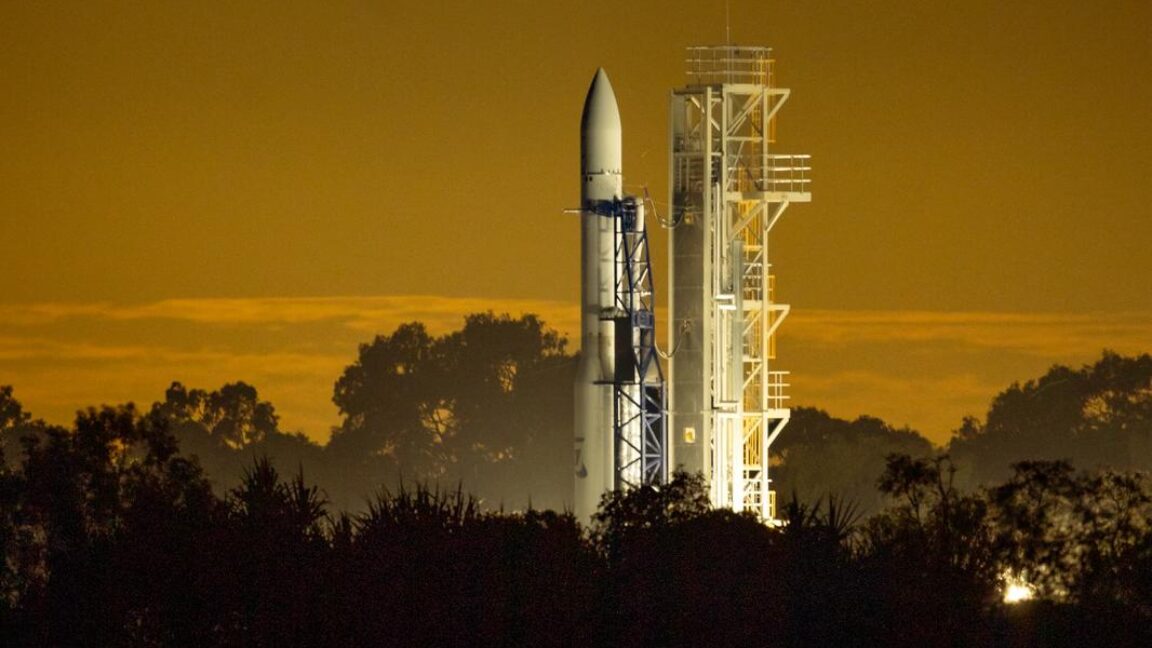The payload fairing of Gilmour Space’s first Eris rocket unexpectedly detached hours before its scheduled launch from northeastern Australia. This incident occurred due to an electrical fault that triggered the system responsible for opening the rocket’s nose cone. Gilmour, the Australian startup behind the Eris rocket, announced the setback via social media. The company stated that no injuries occurred and initial checks revealed no damage to the rocket or the launch pad.
Gilmour was preparing for a launch attempt from a privately-owned spaceport in Queensland. The Eris rocket, standing approximately 82 feet tall, is designed to carry a payload of around 670 pounds to low-Earth orbit. Although the payload fairing “deployed” prematurely, there were no satellites aboard as the company was conducting its first test flight.
Payload fairing issues have historically caused rocket failures, typically due to incomplete deployment or failure to jettison during launch. Gilmour has postponed the Eris launch campaign to investigate the incident and make necessary updates. Founded in 2012 by brothers Adam and James Gilmour, the company has raised about $90 million to develop the Eris rocket, aiming to become the first all-Australian launcher to reach orbit.
Gilmour’s headquarters in Gold Coast, Australia, is approximately 600 miles south of the launch site near Bowen. The company confirmed it has a replacement payload fairing ready and will install it after a thorough investigation. Despite the delay, Gilmour remains optimistic about resuming launch preparations soon.
This incident follows over a year of delays, primarily attributed to regulatory approval challenges from the Australian government. For its first test flight, Gilmour set modest goals, focusing on achieving 10 to 20 seconds of stable flight to gather data on the rocket’s performance and its hybrid propulsion system.
— new from Ars Technica
